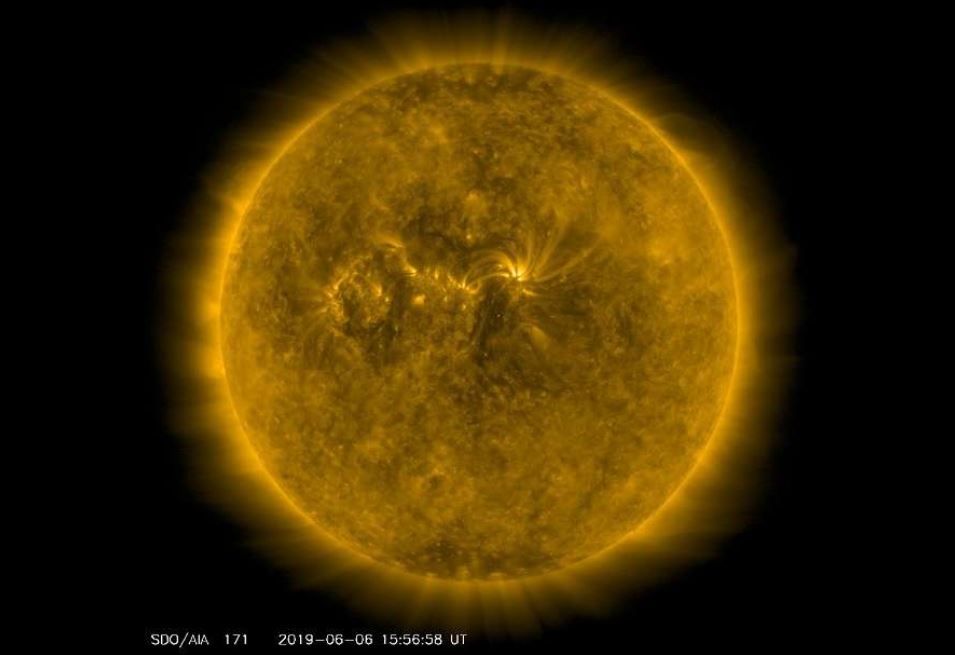Our Sun goes through an 11-year cycle of activity, producing a lot of solar flares that “blotch” the surface with sunspots to little action and a spotless surface.
For over two weeks, observatories haven’t seen a single spot, possibly indicating we have reached the fateful solar minimum of this cycle.

However, we won’t know if this is the true minimum yet as the value is calculated statistically based on the average over a 12-month period. Hopefully, we will confirm if it is so in about six months’ time.
What are sunspots
Sunspots are (relatively) cooler regions of the solar surface that appear as dark splotches. They are shaped by magnetic activity, which researchers believe occurs one-third of the way into the center of the Sun, although this is yet to be confirmed.
“The Sun’s activity cycle is something that’s well studied, but not yet well understood. We had a whole sunspot-less month in February, too, and this really wasn’t the end of the world (or of the Sun, for that matter). In fact, it’s a pattern that we’ve come to expect from our home star,” said Dr David Williams, an instrument operations scientist for the ESA Solar Orbiter mission.
The present solar cycle
Researchers previously predicted a mid-2019 to late-2020 end for the cycle. So far, the Sun has been spotless for 92 of 156 days this year. In March 2018, there were 26 days in which no sunspots appeared. At the time, some researchers suggested we had reached a solar minimum then, which would have made for quite a short and unusual cycle.
“The solar cycle that’s finishing around now has attracted a lot of attention because its maximum was a lot weaker than the previous seven were (going back to 1935), and the minimum before it lasted longer than usual,” Dr Williams added. “This period of time covers the Space Age, the time when we’ve been the most curious as a civilization about what dangers lie out there in space. But the cycle would have been quite typical for 1880 to 1935, for example.”
Gathering data on the solar cycle and sunspots is critical for our global infrastructures. Sunspots are associated with solar flares and solar storms, and these waves of electrically charged particles can end up hitting our planet and damaging electronics.
Researchers hope to use one of the instruments on board ESA’s Solar Orbiter to probe these deeper layers by studying the propagation of soundwaves within the Sun. By the time it launches in February of next year, we may be in a brand-new solar cycle. The cycles are measured from minimum to minimum. The Sun is currently in its 24th cycle since the extensive recording of sunspots began in 1755.
With all what’s going on around the world, do you think we have already reached solar minimum?











